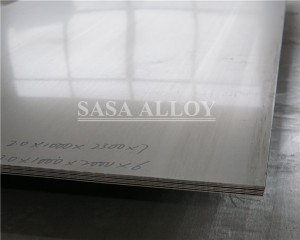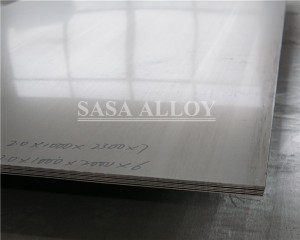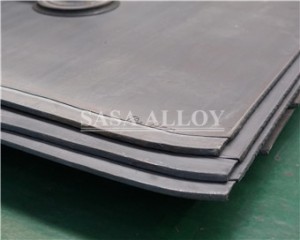Among the various nickel alloys, Nickel 200 and Nickel 201 are widely used due to their excellent mechanical and chemical properties. However, these two alloys are not the same and have different compositions and applications.Regarding high-temperature applications, nickel-based alloys are the go-to material for aerospace, chemical processing, and petrochemical industries.
EQUIVALENT GRADES OF Nickel Alloy 200 PLATES / SHEETS/COIL:
| STANDARD | WERKSTOFF NR. | UNS | JIS | BS | GOST | AFNOR | EN |
| Nickel 200 | 2.4066 | N02200 | NW2200 | NA 11 | МНЖМц 28-2,5-1,5 | NC15FE11M | NiCr15Fe |
| Nickel 201 | 2.4068 | N02201 | NW2201 | NA 12 | МНЖМц 28-2,5-1,5 | NC15FE11M | NiCr15Fe |
CHEMICAL COMPOSITION OF Nickel Alloy 200 PLATES / SHEETS/COIL
| Grade | C | Mn | Si | S | Cu | Fe | Ni |
| Nickel 200 | 0.15 max | 0.35max | 0.35 max | 0.01max | 0.25 max | 0.40 | 99.00 min |
| Nickel 201 | 0.02 max | 0.35max | 0.35max | 0.01 max | 0.25 max | 0.40 max | 99.0 min |
Applications
Nickel 200 is widely used in applications that require good corrosion resistance, high-temperature strength, and excellent electrical conductivity. It is often used in the chemical, food, and electronic industries. Nickel 200 is also used to manufacture heating elements, heat exchangers, and decorative coatings.
Nickel 201, with its higher resistance to reducing environments, is used in applications involving sulfuric acid, hydrofluoric acid, and caustic soda. It is also used in the production of sodium hydroxide and chlorine and in the nuclear industry.
Post time: Jul-26-2023


